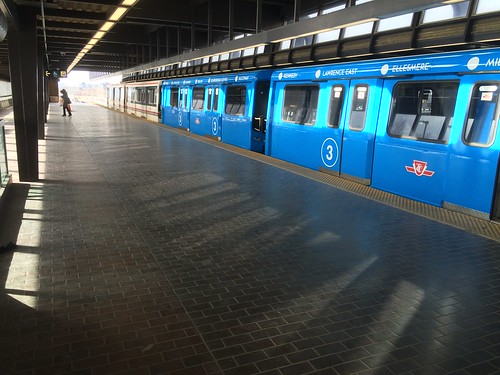Last night, the City of Langley held an open house for people to ask questions about the proposed 2016 financial plan. This includes the proposed 2016 capital budget.
The engineering department with a proposed capital budget of $4.8 million, and the Parks & Recreation Department with a proposed capital budget of $2.3 million, together represent 68% of capital investment in the City of Langley.
Over the years that I have been posting about the City’s capital investment plan, I have been disappointed because the City had always deferred budget line items for specifically improving walking and cycling infrastructure. I am pleased to see that this year is not the case. In fact, the City of Langley is proposing to invest $740,000 for cycling infrastructure along 203 Street.
When it comes to improving walking infrastructure, the City is proposing to invest $100,000 this year to enhance and build new sidewalks thought-out the community. This is in-line with the recently adopted Master Transportation Plan. Beyond sidewalks, the City is also looking to invest $50,000 to rehabilitate neighbourhood walkways which allow people to walk through otherwise dead-end streets.
When it comes to transit, the only direct control that the City of Langley has over the delivery of transit services is the quality of bus stops. The City is proposing to invest $100,000 to improve bus stops in Langley.
The single largest Engineering project proposed is $600,000 to rehabilitate 56 Avenue between Glover Road and the Langley Bypass.
Over the years, the City of Langley has invested in improving sports fields and playgrounds in the community. These are expensive items, and can bump investment in other parts of the park system. This year the City is proposing to invest $500,000 to build a sports field, and $100,000 to upgrade equipment, at Penzer Park.
On the Parks and Environment Committee last year, we passed a resolution asking that City Council consider deferring investment in sports field and playground upgrades to allow investment in more passive elements of the parks system.
I am pleased to see that the City is proposing to invest $180,000 to expand the trail system in Langley. An additional $20,000 will be invested into the Nicomekl Floodplain to plant more native trees, shrubs and berries to manage invasive species. The City will also be investing $30,000 to improve signage at parks.
To get an in-depth understanding of the proposed 2016 capital budget, I suggest that you download the full 53 page overview.















